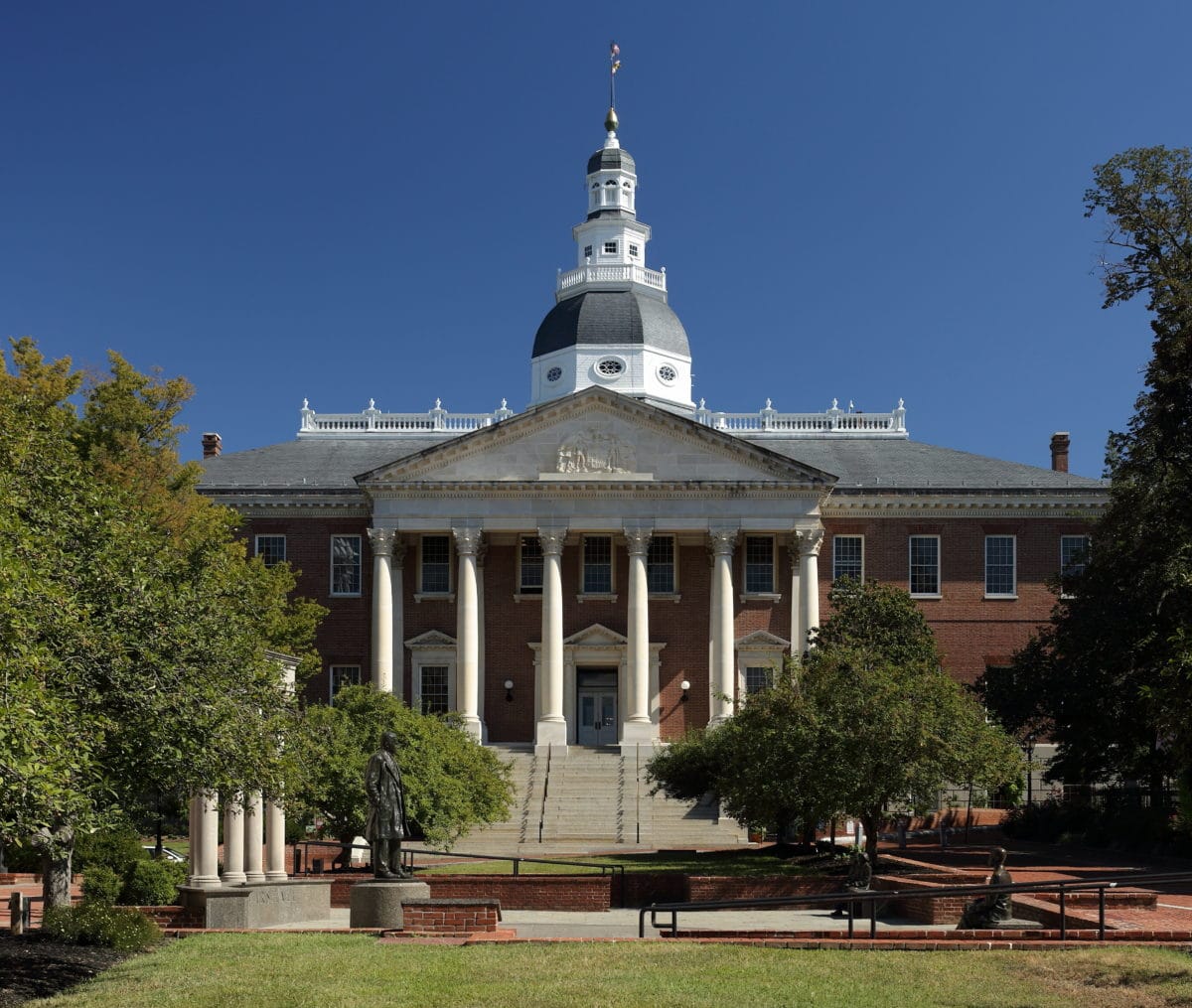Maryland Governor Wes Moore signed the Brighter Tomorrow Act (SB 783) into law, making solar accessible to all, regardless of income.
What the Solar Energy Industries Association (SEIA) is hailing as “landmark legislation” is expected to bring the state closer to its solar energy targets while also expanding solar access to low- and moderate-income Marylanders. A year ago Maryland’s governor announced the state had set a goal of 100% clean energy by 2035.
“The Brighter Tomorrow Act is one of the most consequential pieces of clean energy legislation ever passed in Maryland. The new law will significantly boost solar deployment by lowering installation costs and making rooftop solar accessible for Marylanders of all incomes,” said Leah Meredith, mid-Atlantic senior manager for SEIA. “Empowering localities to adopt automated solar permitting will also go a long way to save local governments money and resources that can be spent on other important public services.”
Maryland has long been a solar-friendly state with both supportive and forward-looking policies. For example, last year the state passed a new community solar program that allows projects to exceed certain size limits if they’re built on specified site types, such as rooftops, brownfields, or industrial areas. Not surprisingly the state has made great strides in solar capacity, jumping from a ranking of 30th in 2023, according to SEIA, to 19th in 2024. The state currently has 2 GW of solar installed and gets over 6% of its electricity from solar.
One way of moving the needle on solar energy adoption in the state is to facilitate faster solar permitting, and the Brighter Tomorrow Act empowers municipalities to expedite permitting through SolarApp+.
SolarApp+ was released in 2021 by the National Renewable Energy Lab (NREL) and the Department of Energy’s Solar Energy Technologies Office (SETO). The free web-based platform was developed for the purpose of lowering the costs and timeframe associated with solar permitting, and is said to cut about 12 days off the permitting process.
The Maryland Energy Administration (MEA) received $4.48 million from the Department of Energy (DOE) to support adoption of SolarAPP+. Municipalities can also use SolarAPP+ to permit other forms of clean energy including home battery storage storage systems.
The Brighter Tomorrow Act raises the cap on net metering and implements a solar renewable energy credit (SREC) multiplier as a bridge to long-term reforms. It had included support for a payment in lieu of taxes (PILOT) structure for ground-mounted solar installations, but this was amended out.
“This achievement is a direct result of Maryland’s statewide taskforce to study solar incentives, and it will play a critical role in facilitating the state’s transition to clean energy and strengthening the electric grid for our communities,” said Meredith. “The solar and storage industry greatly appreciates the partnership from Governor Moore, state lawmakers, environmental advocates, and community organizations for delivering this win for Maryland’s economy and environment.”
This was amended on May 14, 2024 to state that the PILOT structure was not a part of the final bill that passed.
This content is protected by copyright and may not be reused. If you want to cooperate with us and would like to reuse some of our content, please contact: editors@pv-magazine.com.









By submitting this form you agree to pv magazine using your data for the purposes of publishing your comment.
Your personal data will only be disclosed or otherwise transmitted to third parties for the purposes of spam filtering or if this is necessary for technical maintenance of the website. Any other transfer to third parties will not take place unless this is justified on the basis of applicable data protection regulations or if pv magazine is legally obliged to do so.
You may revoke this consent at any time with effect for the future, in which case your personal data will be deleted immediately. Otherwise, your data will be deleted if pv magazine has processed your request or the purpose of data storage is fulfilled.
Further information on data privacy can be found in our Data Protection Policy.